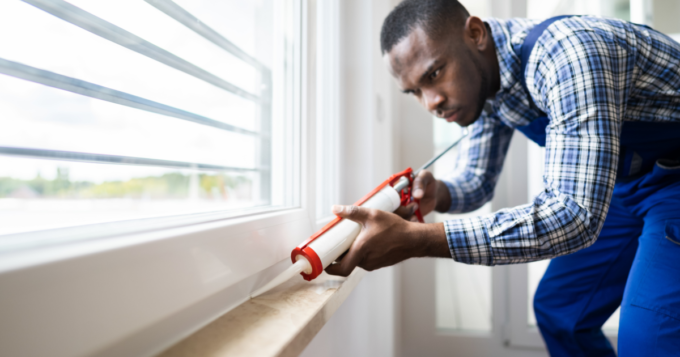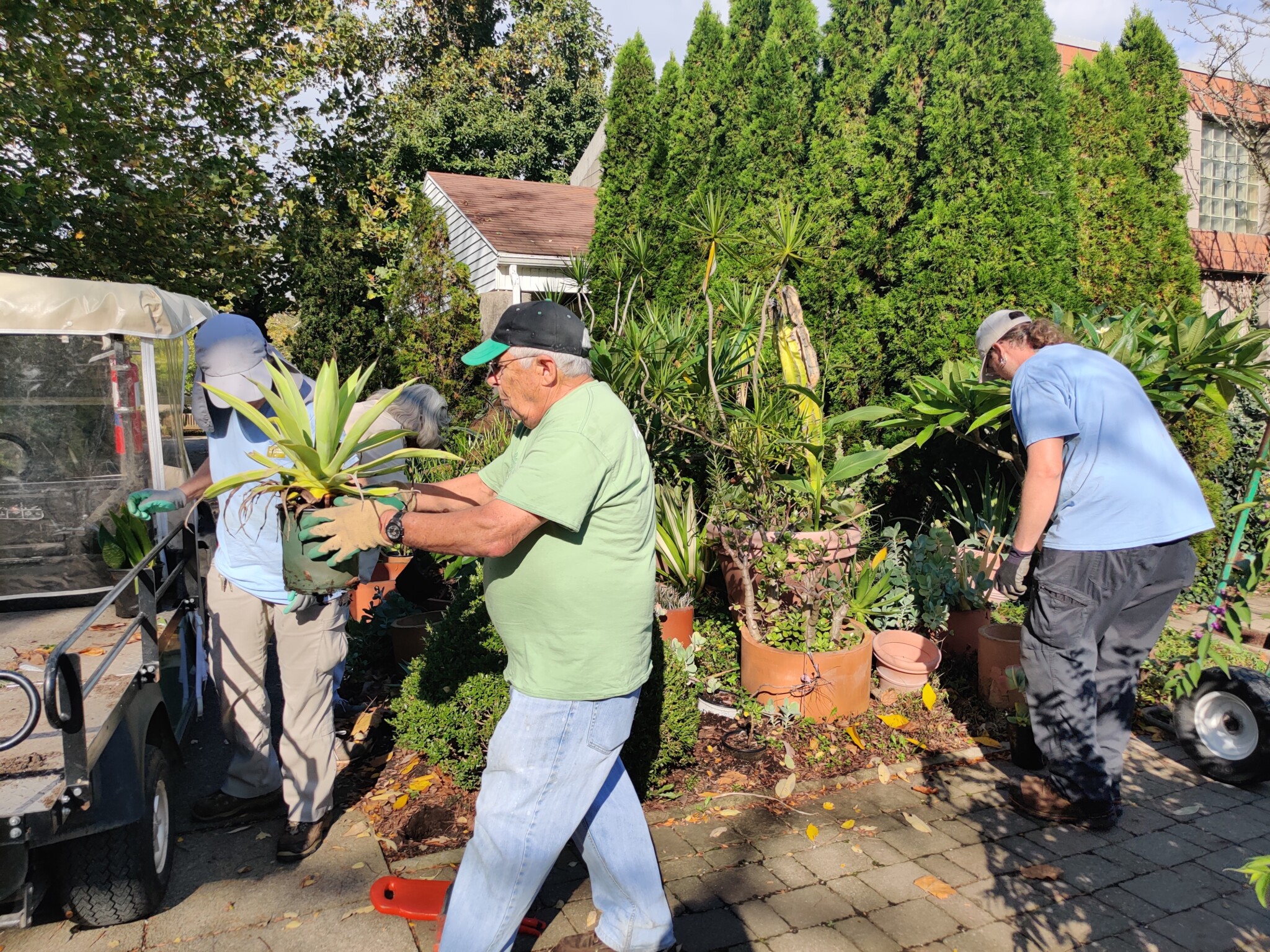Published January 26, 2023
DIY your way to a warmer winter at home
Heads up! This article was published 1 year ago.

Guest blogger: Sustainability Manager Tim Pritchard
The Miami Valley has seen a relatively mild winter in 2022-2023, although the cold snap that occurred around the holidays brought extreme cold temperatures and windchill, which was for many, a harsh reminder of how quickly energy bills can spike and living/working conditions can deteriorate during such weather events.
There are many ways to improve home and building efficiency and comfort, but air sealing is one of the most cost-effective solutions and can be accomplished DIY or by hiring an insulation contractor. This work reduces heat loss/transfer, but also helps protect against moisture problems in attics, roofs, and walls; ice damming; and mold problems. This creates a tighter envelope for conditioned living/working space.
As energy prices have nearly doubled for many, this effort makes an enormous impact on energy efficiency and can potentially reduce cost and carbon footprint associated with HVAC by 30% or more, depending on baseline condition, how much improvement is made and how much investment can often be recouped in a single season. This especially applies where electric heat is used or the baseline envelope is particularly weak.
Newer homes are generally built with a very tight envelope, but still need maintenance to ensure new ceiling and wall penetrations are sealed, and window and door gaskets remain functional. Older homes were generally built with looser tolerances that allow for the building to “breathe,” but can be improved – especially in the most crucial areas – with a small investment or a little handywork.
It should be noted that buildings with a very tight envelope need fresh air ventilation. Ventilation can be accomplished with fresh air intake enabled HVAC systems or by the addition of dedicated ventilation system. The majority of older homes have enough air infiltration to ensure proper air turnover.
A good approach to air sealing DIY is to address ceiling penetrations, doors, windows and wall pass-throughs first. Complete everything within your capability first and then call a professional for more complicated work. Some air sealing may require accessing tough-to-reach places in an attic or crawl space, and everyone’s comfort level is different. A seasoned insulation professional can usually accomplish this work with relative ease. Window and door specialists can also repair seals and gaskets if desired.
Here are some tips to get started and more detailed information can be found here.
- Address ceiling penetrations first. Check for air gaps around light fixtures, vents, and other penetrations and seal airtight with gasket or caulk if working from below or expansion foam from above. Fix ceiling and wall cracks permanently by repairing drywall, plaster, other material.
- Inspect doors and windows and repair drafts:
- Windows
- Reglaze any panes that have become loose in their frames
- Ensure movable sashes seal to the frame when closed and replace gaskets if needed
- Check for air leaks around the window frame and seal with caulk or silicone if needed
- Replace damaged panes and single layer glass with double or triple glazed insulated glass units
- Contact a glass shop about options for resealing insulated glass units with a broken seal. Note that this is mostly a cosmetic issue, but does slightly reduce the effectiveness of the window.
- Doors
- Make sure doors are hanging level and plumb, and latching tight against weatherstripping
- Adjust the threshold and/or replace door sweep if not tight at the base
- Replace damaged or decayed weatherstripping
- For doors with windows, follow the same guidelines for window sealing
- Windows
- Make sure vent and fan dampers work properly and duct work is intact
- Check bathroom vents, kitchen hoods, and other ventilation equipment to make sure dampers close when not in use
- Inspect vent ducting through walls and to the outside to make sure there are no holes or broken seals
- Use foil dap or duct/electrical putty to seal gaps
- Fix any additional wall penetrations
- Nail/screw holes for hanging décor
- Pass throughs for electrical conduit, water lines, gas pipes, phone and internet cabling, etc
- Use caulk, silicone, or expanding foam to fill and seal gaps
For more at-home tips to make your home more sustainable, visit the Sustainability At Home portion of our website.





